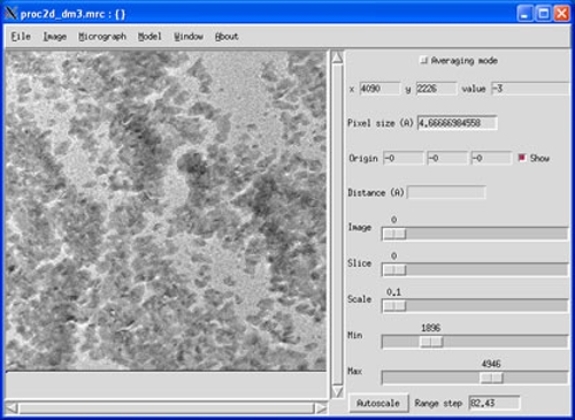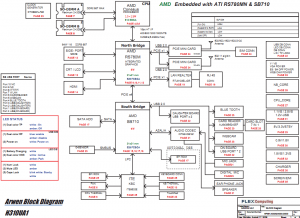

The upper reversal potential was kept constant while (110) surface was examined by cyclic voltammetryĪg(1) are presented in Fig. Voltammetricīehavior of the RuO, single crystal electrode with exposed
#Dm3 file singlecrystal generator#
Model PARC 173 and a function generator Model 175. Setup consisted of a Princeton Applied Research potentiostat/ All measurements were performed at ambient temperature, 25OC. A nitrogen purge was maintained during the measurements. The solutions were deaerated before measurements by nitrogen bubbling. Was separated from the main compartment of the electrolytic cell by a glass sinter. The counterelectrode and the reference electrode, respectively. Platinum wire and a saturated silver/silver chloride electrode were used as Solutions were prepared with deionized water (Mill&QĪ conventional three-electrode cell design was used in the experiments.

With additions of AgNO, of low concentration. Measurements were performed in 0.1 mol/dm3 H,SO, solutions without and Mol/dm3 sulfuric acid and rinsed with deionized water. Prior to each experiment the electrodes were degreased with acetone, washed with 1 The active geometric surface areas of the RuO, electrodes withĮxposed faces (llO), (001) and (111) were 0.016, 0.014 and 0.008 cm2, respectively. TheĬrystals were then sealed with epoxy resin of high purity (Epoxide, Buehler) to theĮnd of a glass tube. The electricĬontacts to the crystals were made by means of a conducting silver epoxy resin. Millimeters in size were then oriented by X-ray Laue backscattering. The details of the synthesis haveīeen described in our previous papers. The RuO, single crystals were synthesized under high temperature conditionsįrom high purity Ru powder (Strem Chemicals, Inc.) and oxygen, using a method ofĬhemical vapor transport in a flowing gas system. The effect of theĮlectrodeposited silver on the hydrogen atom adsorption and electrocatalytic hydrogen evolution has also been studied. Scan stripping voltammetry and analyzed experimental data in terms of the electrochemical adsorption isotherm and irreversible adsorption kinetics. In order to determine the kind and strength of adsorptive interactionsīetween the surface dipoles we have applied cyclic voltammetry and linear potential The problem addressed in this paper is the electrochemical behavior of submonolayer silver films formed on the RuOZ single crystal surfaces (llO), (001) and We have also observed a remarkable sensitivity of the electrocatalytic process of chlorine reduction to the surface structure of In previous work with oriented RuO, single crystal electrodes we have foundĪ correlation between the adsorption of hydrogen and the composition of ideal Other transition metal oxides (TiO, IrOt, NbQ, etc.) serve actually as excellentĮlectrode materials for electrocatalytic gas evolution reactions. Thermal ruthenium dioxide, RuO, and its mixtures with Process of silver deposition proceeds on transition metal oxide electrodes possessing On n-GaAs by hole injection has been proposed. The mechanism of electroless Ag deposition Has been observed on n-CdS but for most of the semiconductors examined negative Of silver has also been studied on semiconductor electrodes. the underpotential deposition (upd) and multi-stateĪdsorption of silver on such metals as Pt, Au, Pd and Cu. On metallic substrates has been studied extensively in the past. Interactions since no major shifts in the peak potential were observed.Įlectrochemical deposition of silver with the formation of sub-monolayer films On different crystallographic faces of the RuO, single crystals rather than with increased substrate-adatom Lateral attraction forces seem to be associated with the different geometrical arrangement of Ag adatoms

Indicates a reversible adsorption process for which the value of g was determined to be - 1. On the other hand, a symmetric Ag stripping peak isĬharacteristic for the RuO, (111) surface where only Ru sites are available on the ideal surface. Phase) due to the strong attractive lateral forces. Leads to an interaction coefficient g close to -4 which may result in the formation of Ag islands (new Interpretation of this observation in terms of irreversible and quasi-reversible adsorption of silver Have been observed for (110) and (001) surfaces where both Ru and 0 sites are available on the ideal Of Applied Scrence, Brookhaven National Laboratory,Īsymmetric stripping peaks for sub-monolayer Ag films deposited on RuO, single crystal electrodes Of Physics, Brooklyn College, City University of New York, Brooklyn, NY 11210 (U.S.A.) SINGLE CRYSTAL RuO, (llO), (001) AND (111) ELECTRODESĭepartment of Chemistry and Institute of Collard and Surface Scrence. Chem., 236 (1987) 295-304Įlsevier Sequoia S.A., Lausanne - Printed in The Netherlands


 0 kommentar(er)
0 kommentar(er)
